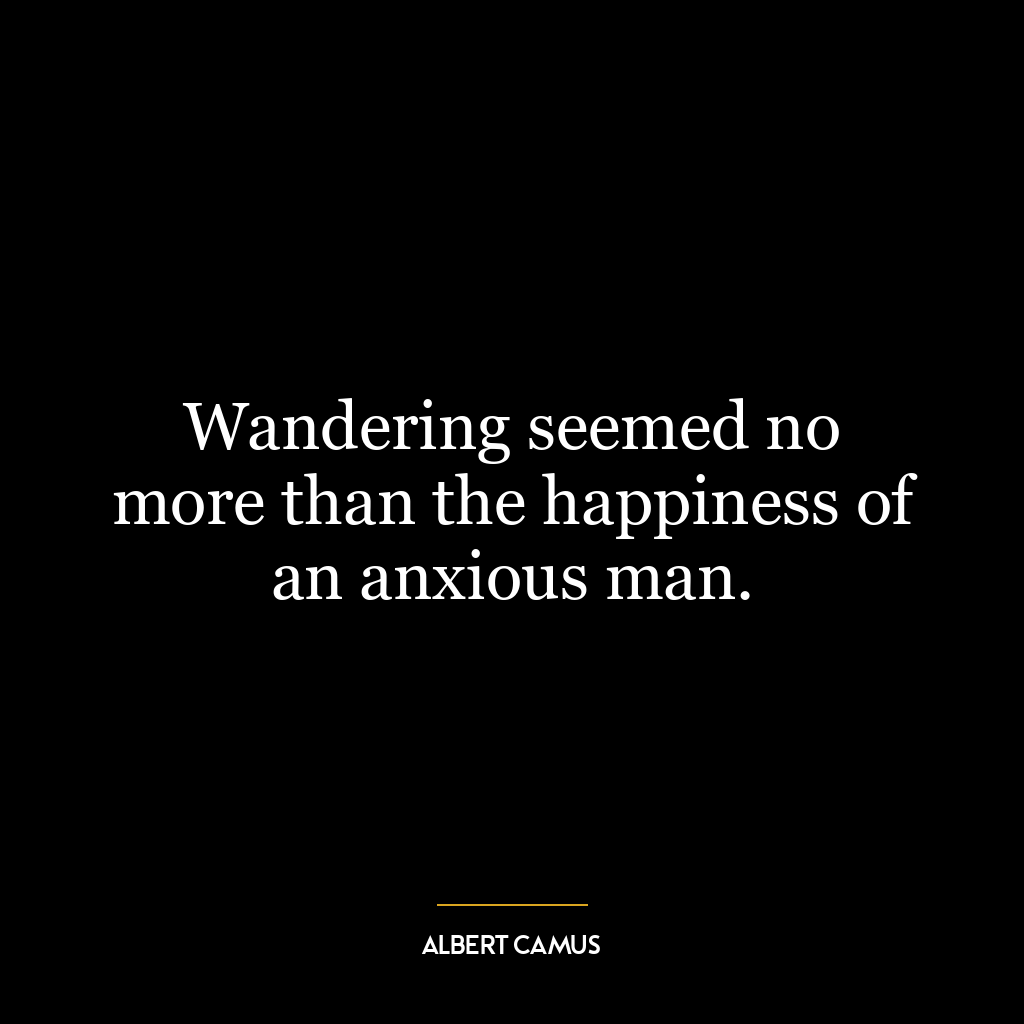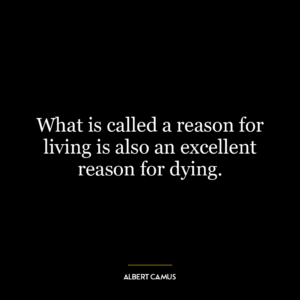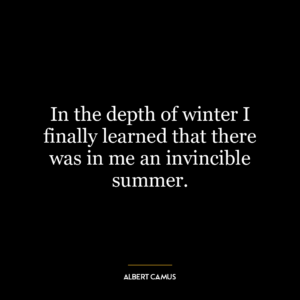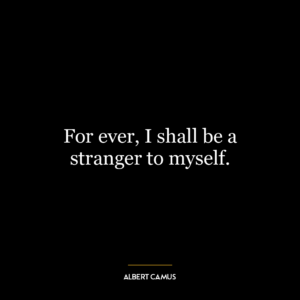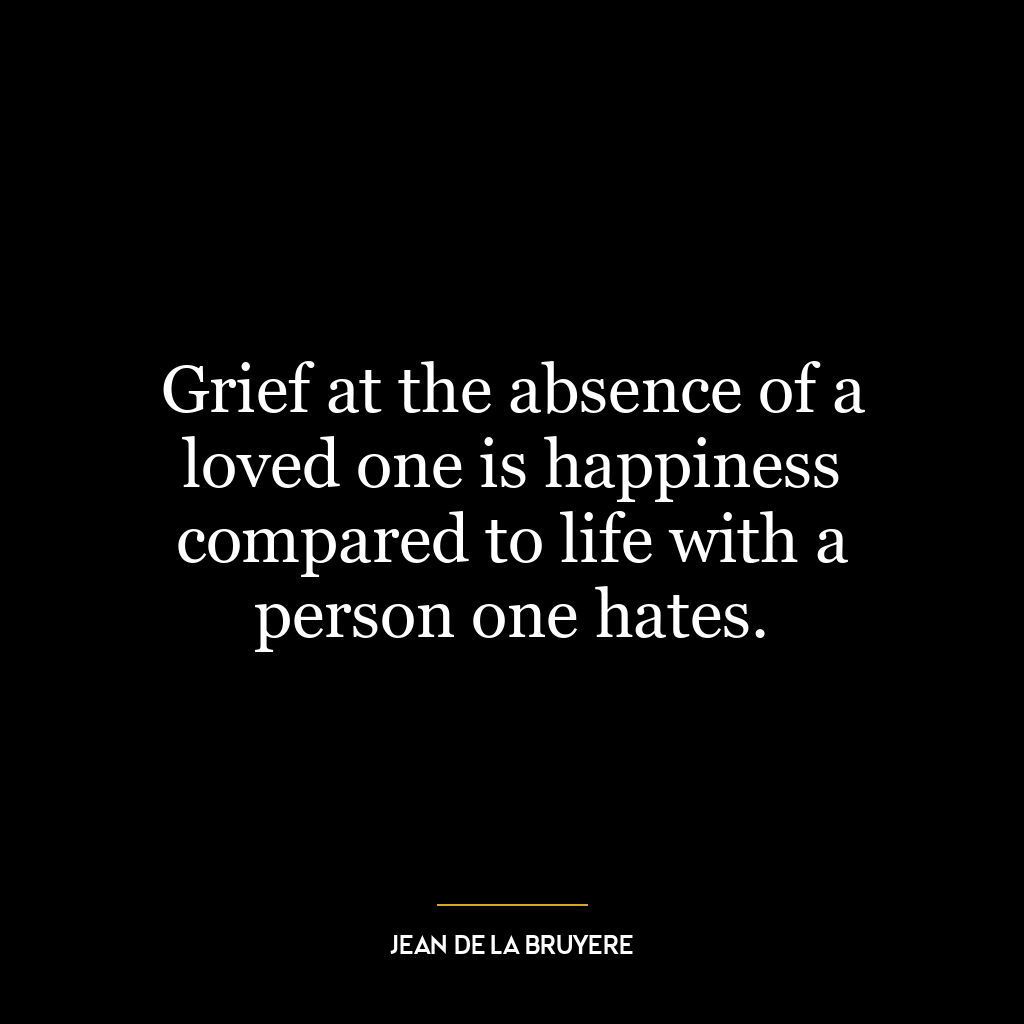Wandering seemed no more than the happiness of an anxious man.
Wandering seemed no more than the happiness of an anxious man” is a profound statement that suggests a correlation between the act of wandering and the state of anxiety. It implies that wandering, which typically denotes a lack of direction or purpose, can be seen as a form of happiness for someone who is anxious.
The quote suggests that for an anxious person, the act of wandering, of not having a fixed path or destination, can be a source of happiness or relief. This is because anxiety often stems from feeling overwhelmed by expectations, pressures, or the fear of the unknown. Wandering, in this context, can be seen as a form of escape from these pressures, a way to momentarily free oneself from the constraints and uncertainties that cause anxiety.
In contrast to the conventional view that happiness is found in stability and certainty, this quote suggests that there can be a unique kind of happiness found in uncertainty, in the freedom to wander without a set path or destination. It challenges the notion that happiness is a fixed state to be achieved, suggesting instead that it can be a dynamic process, a continual journey of exploration and discovery.
In today’s fast-paced, goal-oriented society, this quote can be a reminder of the importance of taking time to wander, to explore without a set destination in mind. It speaks to the value of embracing uncertainty, of learning to find happiness in the journey rather than just the destination.
In terms of personal development, this quote can be seen as a call to embrace the unknown, to step out of our comfort zones and explore new paths. It suggests that wandering, exploring, and embracing uncertainty can be a form of self-discovery, a way to learn more about ourselves and the world around us. It can also be a reminder that it’s okay not to have all the answers, that it’s okay to feel anxious, and that these feelings can be a source of growth and development rather than just a source of stress.

